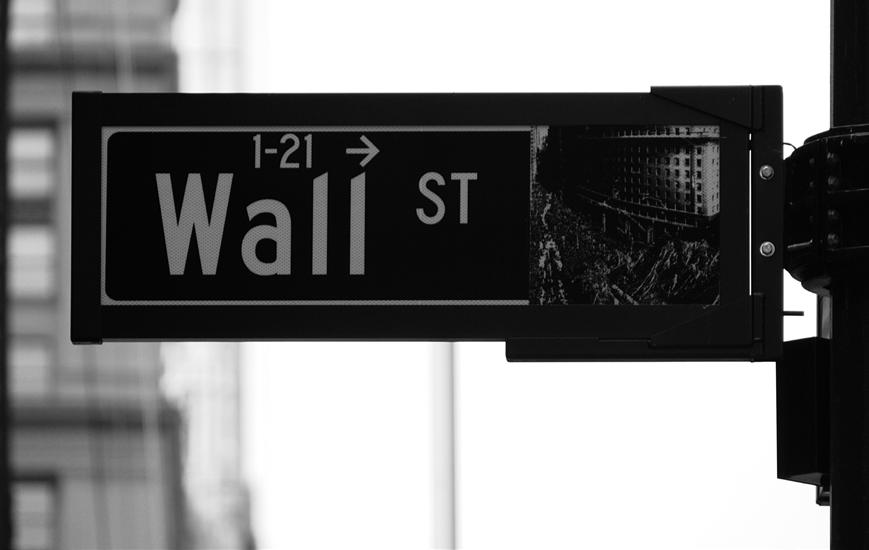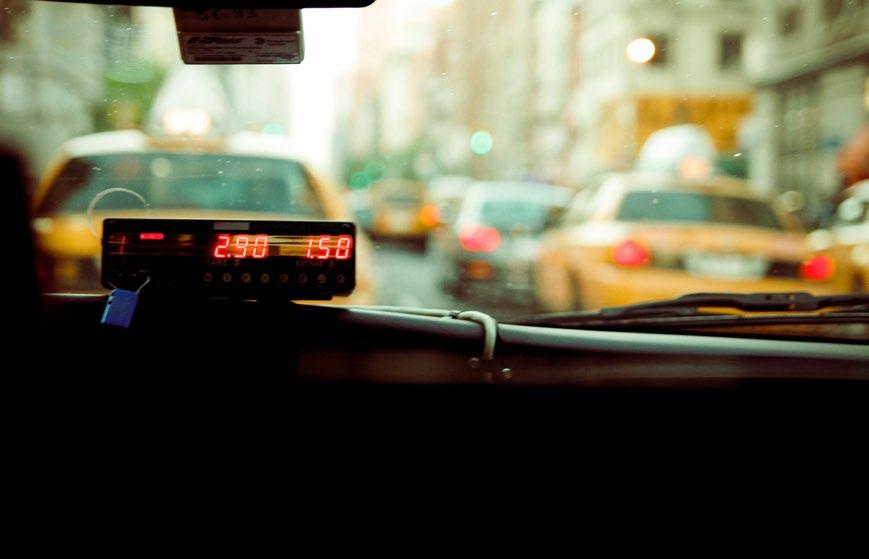
5 minute read
Zeroing in on managing my $35K to $100K Salary
By: Nina Singh
Five years ago, I arrived in Los Angeles, by way of New York, and was making $55K annually. One of the many reasons I left New York was because financially I was spread too thin and the idea of slaving away to barely sustain myself no longer seemed appealing. Working in fashion and keeping up with my peers required balancing my shopping habit with social indulgences while ensuring I had enough for basic necessities like food and shelter. Like many, that required I take on credit card debt to “supplement” my income. As you can imagine my savings was non-existent as I put every extra penny towards the payoff of my several thousand-dollar credit card bill. Though at times I felt “reckless” in my decisions, I kept my debt at a level where I would be able to pay it all off by making a few lifestyle tweaks. Because of this I never found myself drowning or completely in over my head. I attribute this to growing up with a mother who works in wealth management. My parents were financially savvy and spent within reason. They instilled healthy spending habits in my sister and I at a young age. Towards the end of middle school my parents gave us a monthly allowance for clothes to teach us the importance of budgeting. In those days Abercrombie and Bebe were the big splurges, but with only $50 to spend each month we quickly realized our money could not support the wardrobes we aspired for. Fast forward to Los Angeles where I was focused on changing my habits. With a goal of becoming more fiscally responsible, this childhood budgeting exercise came in handy. But before I could craft a new budget I needed to understand the current state of my spending. So, I began by evaluating one full year of expenses and categorizing every activity. This once would have been a tedious process, but fortunately many credit cards provide end of year statements categorizing all expenses. After dumping it all into Excel, I was left to do a quick audit, recategorizing where needed. Next, I dropped in my debit card expenses and voila, I had a snapshot of where all my money went in 2014. No surprise to me, in the variable expense bucket I was spending a lot in the “entertainment”, “dining” and “clothing” categories. I then spent half a day sitting with this expense breakdown and began making a priority list. The purpose of this exercise was to find ways to save more, but without
Advertisement
giving everything up. I still wanted to maintain a social life, but within reason. So, instead of four or five hangouts a week centered around brunches, lunches or dinners, I paired this back to once or twice a week. I identified other ways to connect with friends that were free or low-cost such as hiking, free concerts or potluck dinners. In cases where I had cabin fever and wanted to venture out, I would still eat beforehand and opt only for a glass of happy hour wine. This reprioritization was often welcomed by friends who also found themselves spending too much on dining out. Ultimately, it made my social interactions more intentional, focused on connecting rather than what we were eating or drinking. While assessing my expenses I also identified patterns in my spending behavior that I could easily change. I was often buying groceries and then going out to dinner a day or two later. Coffee and teas were also adding up especially when I would make two trips a day. By the end of the exercise I had labeled each category as either increase, maintain, reduce or eliminate. Becoming aware of my behavior allowed me to become more conscious of my choices when I was tempted with the opportunity to spend. With this new insight I then assigned target dollar values to each category or segment. The five major behavioral changes were the following: (1) buying fewer but higher quality garments instead of consistently buying fast-fashion, (2) selecting happy hour restaurants or bringing my own wine to dinner where possible, (3) cooking regularly and packing snacks to avoid grabbing while on the go, (4) reducing Uber and Lyft expenses by driving, which had a dual benefit-reduced my alcohol expenditure, (5) prioritizing saving, vacation and self-care expenses.
At the end of each month I then lined my expenses up against this budget, making adjustments as I went. There were numerous months where I was unable to adhere to my budget, but in those moments instead of panicking I recognized that

improvements were still being made and made a conscious effort to do better the next month. Eventually, as the months went on, I was straying from the budget less often and six months later I had paid off all remaining New York debt, enabling me to change my credit cards to those that offered better travel rewards or cash-back programs.
With my credit card debt gone I then began tackling longer term financial goals like retirement which required that I increase my 401(k) contribution to maximize company matching. While making this decision I reviewed my company benefits website to calculate the impact. Because the contributions to 401(k) are pretax, the change in my take home pay was small even when contribution percentage was increased by 5%. I also designated a certain percentage of my paycheck to automatically deposit into my savings account, ensuring that it wasn’t spent by accident. Working in fashion, the bonuses were small and infrequent, but I made the conscious effort to put them towards savings or for larger expenses like a vacation. While I was making these changes, my career began to progress and by 2016 I found myself at a Director level position finally earning over $100K. With more take home pay and by holding most expenses constant I was able to increase my rent so I could finally live on my own.
With each year that passed the budgeting exercise became easier and I was able to find room for larger, more expensive purchases like furniture while still saving in proportion to my income. At the end of 2017 I began planning a three-month
trip through Europe which would begin the summer of 2018. I referred back to my budget and ran numerous scenarios until I had a concrete plan which would afford me the trip of my dreams. By reducing my expenses and relocating temporarily into my sister’s apartment I managed to save up over $10K for the trip. Knowing the money I saved may not be enough for three months abroad, I planned to earn income while traveling via consulting work. The trip was magical and though I again took on some credit card debt it was paid off quickly and I was back on track. By early 2019 I made the decision to start my own business. I hunkered down to ensure I had at least six months of fixed expenses saved for so I could leave my job by June 1st.
It has been three months since I’ve left my corporate career. Income is not flowing consistently, but my savings has helped fill the gap. My budget looks very different than what it was just a year ago, but I have been able to make it work. Reflecting on this journey, I truly believe that you can still enjoy life while being on a budget. I also believe that debt does not have to own you. As long as you have a plan and are willing to stick with it you can achieve your financial goals.
Nina’s career began nine years ago in NYC. Though her career began in fashion, upon moving to Los Angeles she moved into the beauty industry where her career propelled. Despite moving up the ladder quickly, Nina found that she was never fulfilled. On a quest to understand her dissatisfaction, she began her healing journey. While on this path, Nina uncovered many powerful tools that helped her break free from limiting beliefs, release childhood trauma and become a more confident woman. Being witness to her own transformation ignited a passion in her to spread this work through a new business, Healing with Nina (www.ninasingh.co), which enables others to find freedom from their past. Nina is committed to continually improving herself and learning as much as she can to help others. As of October 1st, Nina has begun her Master’s in Clinical Psychology to build upon her business and spiritual foundation.







